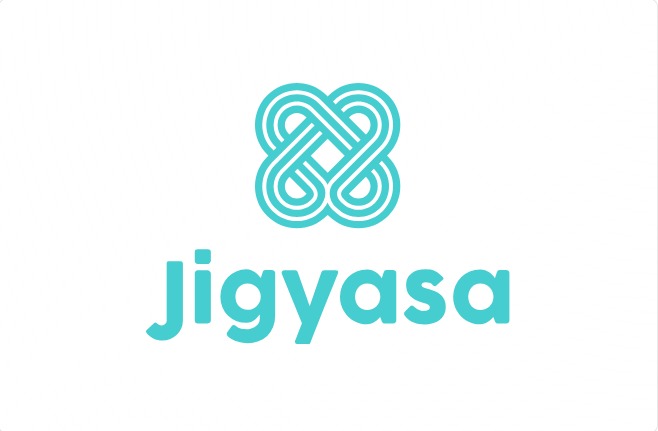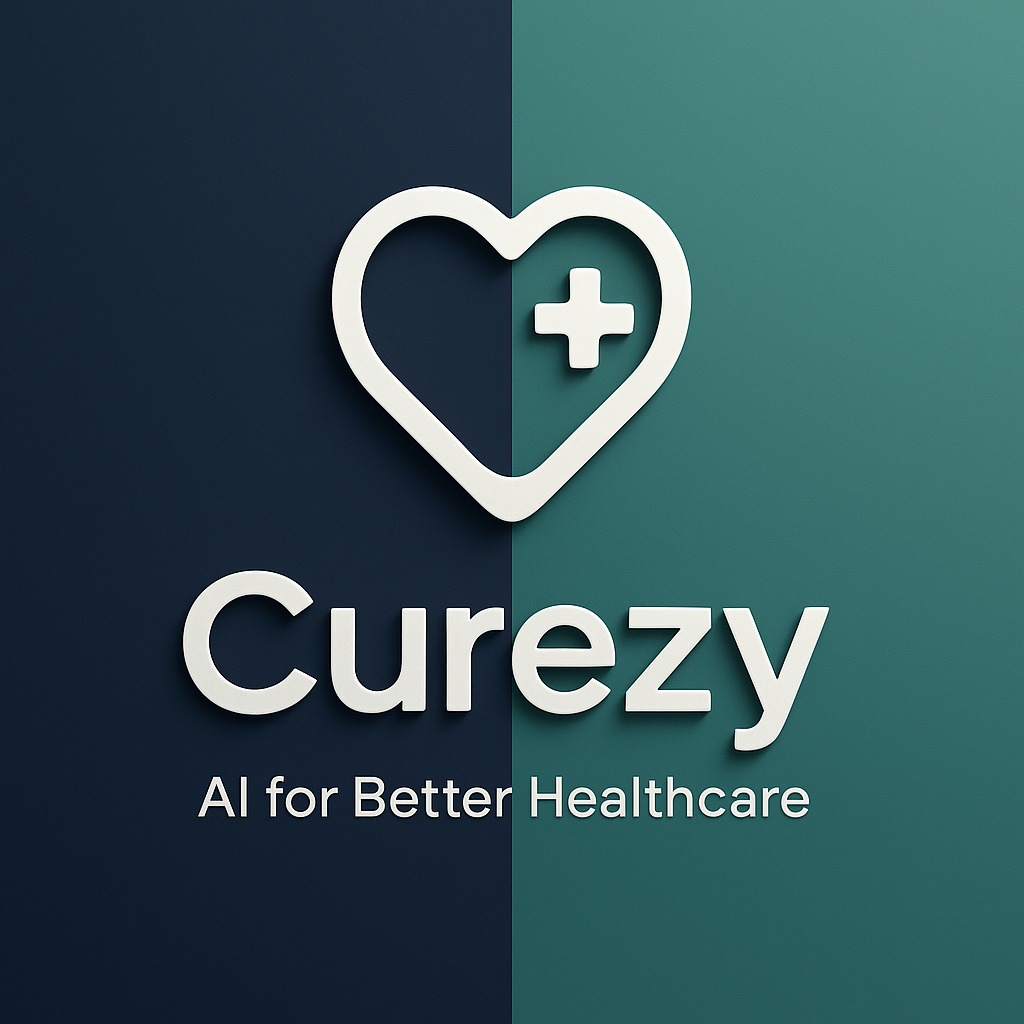

Problem: Students from Tier-2 and Tier-3 colleges often lack access to quality education and industry-relevant skills, limiting their job opportunities. Solution - Jigyasa: Jigyasa offers affordable, job-ready training
See More
Hey Jigyasa, Your startup idea is great and I would love to join in as a marketing agency and take this to next level. Please text me at: 918199828031
Participate in May 2025's Medial Startup Showcase and win upto Rs. 60k and more in incentives. We are live with May's Showcase. You can re-sumbit your old idea if you haven't won in the previous edition. Every user can upload upto 5 ideas. Do participate!
Can you please vote for the future of world's first community marketing platform. Startup Name: "Plixipy" Link: https://medial.app/idea/plixipy-f81531d0453ad It will be very helpful ☺️
Do u searching for investor?
Hi i am from Navayuvak entrepreneurs pvt ltd we have a startup incubation centre in mumbai and we help get funds and mentors, scaling etc. do let me know if you want help
Hi Kancham, Quick question: What kind of content would be available on Jigyasa? You mentioned you'd be selling courses worth Rs.3000-Rs.5000 per month to Tier 2/Tier 3 students. I'm not sure if students can pay that much amount. Why wouldn't they directly go to LinkedIn learning or similar platforms where they can get variety of content for similar or lower price? There are a lot of players in the market who have created an ed-tech company. Some big names have failed. So unless it's something that truly creates value and is unique, I don't think it would be of help.
Thank you for your feedback and questions—it’s clear that you’ve analyzed this space deeply, and I truly appreciate your perspective. Let me address your concerns systematically and explain why **Jigyasa** is uniquely positioned to succeed in this competitive landscape. Jigyasa offers high-demand, industry-relevant skills tailored specifically for Tier-2 and Tier-3 college students. The content includes: Technical Skills: Courses in web development, Android development, data science, cloud computing, and more. Soft Skills: Communication, resume building, LinkedIn optimization, and interview preparation. Hands-On Projects: Real-world assignments to ensure practical expertise. Placement Assistance: Training to help students secure internships and entry-level jobs. Unlike platforms like LinkedIn Learning, Jigyasa’s content is delivered in regional languages and starts from the 1st year of college, giving students a head start. We also collaborate directly with colleges to ensure flexibility during exams or academic schedules. You’re right—pricing is a valid concern, but here’s why Jigyasa’s pricing works: Pay-After-Placement Option: To reduce financial barriers, we’re exploring flexible payment options, including pay-after-placement models. Platforms like LinkedIn Learning fail to address the unique needs of Tier-2 and Tier-3 college students: Lack of Regional Language Support These platforms cater primarily to English-speaking audiences, leaving many Tier-2 and Tier-3 students underserved. No Mentorship or Placement Assistance: They focus on self-paced learning without live mentorship, doubt-clearing sessions, or placement support. College Collaboration: By partnering directly with colleges, Jigyasa ensures trust, flexibility, and adoption among students and parents. For instance, imagine a student from a non-top college landing a ₹5–8 LPA job after completing our program. This creates a belief among peers that success is possible through Jigyasa, regardless of their college’s reputation. Jigyasa avoids these pitfalls by: - Solving a specific problem: Bridging the skill gap in Tier-2 and Tier-3 colleges. - Staying affordable and accessible: At ₹3,000–₹5,000/month, we ensure affordability for middle-class families. - Building trust and credibility: Through college partnerships and tangible outcomes. I’d love to hear more about your thoughts—what specific strategies do you think would further strengthen our approach? Your insights could be invaluable in refining our execution.
Ye jo 3rd point hai na regional language ka ye bohot acha laga ki koyi atleast eske bare me soch to Raha hai
I want to invest in this contract 9808498406 whatsapp I alao want to work on education system
students in tier 2 and 3 colleges often struggle with consistency and motivation so just offering affordable courses might not be enough. mentorship sounds great but full time mentors for low fee students might not scale well. regional language support is helpful but translating technical content properly and keeping it updated is tough and costly. also starting from 1st year is a good thought but most students are not clear about their career goals that early so many may drop out halfway. partnering with colleges is smart but getting real commitment from them is hard in practice
Thank you for your thoughtful feedback. I understand your concerns, and here’s how Jigyasa addresses them: Consistency and Motivation: We use live mentorship, hands-on projects, and FOMO (success stories within college networks) to keep students engaged and motivated. Full-Time Mentors: Teachers handle multiple batches, and sessions are scheduled weekly, keeping costs low while ensuring quality support. Regional Language Support: We focus on evergreen skills like web development and data science, which don’t require frequent updates. Translation is managed efficiently with local educators and tools. Unclear Career Goals: Students start with foundational skills and can specialize later. This gradual approach helps them make informed decisions over time. College Partnerships: Colleges earn a 10% commission on fees, incentivizing them to actively support and promote the program. Jigyasa empowers Tier-2 and Tier-3 college students by offering affordable, job-focused training. For example, in Telangana, even if 10% of 1.2 lakh students join, we generate ₹3.6–₹6 crore/month. Your insights would be invaluable in refining our approach further. Thank you again for your time!
It's good bhai


Download the medial app to read full posts, comements and news.


































